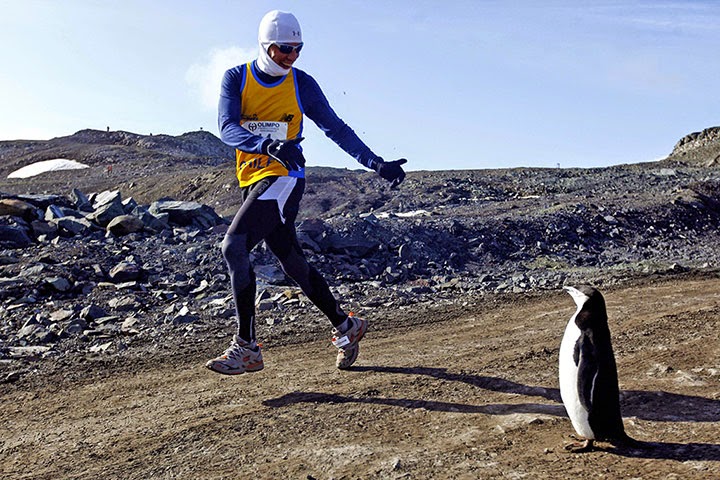By reading the
human impacts on Antarctica, it can be difficult to picture what’s actually
going on. In my blog, I have tried to make the posts as visual as I can,
because this illustrates the extent of the issues I have discussed.
Particularly because Antarctica is remote and relatively uninhabited, I have
used maps to show where the places I talk about are.
Having said this, I feel like illustrations need their
own post so today, I will be presenting a range of photographs that relate to
the main issues I have mentioned so far: tourism, waste, entanglement and
krill.
Figure 1.
Clean up operation of an abandoned landfill site at Thala
Valley. The site was used from the 1960s to 1980s. An Australian research
station dumped approximately 1,000 tonnes of soil here, which contains remains
of used batteries and machinery. Source: Royal Society of Chemistry (2007)
Figure 2.
Freshly caught krill. Source: Australian government: Department of the Environment, Antarctic Division (2012)
Figure 3.
Researcher carefully taking a sample from a contaminated
site. Source: Australian government: Department of the Environment, Antarctic Division (2012)
Figure 4.
Tourists enjoying the company of an Emperor penguin chick.
Source: Wikipedia (2009)
Figure 5
Runner from the Antarctic Marathon smiling at a penguin.
Source: B Positive Project (2013)
Figure 6.
Source: Peabody Essex Museum (2008)
Figure 7.
Diver among krill. Source: Sarano and Duran (2010) ‘Oceans:Official Companion to the Disney Feature Film’
Figure 8.
350 foreign officials attend an Annual Antarctic Treaty Conference in Uruguay in 2010. Main discussions included tourism, climate
change and sovereignty. Source: Merco Press (2010)
Before I end this post, I'd like to recommend a couple of blogs and websites that have a good selection of photos that I would encourage my readers to take a look at. Firstly, Flickr's Antarctica page has a great range of pictures taken by tourist, and can be accessed by clicking here. Secondly, I came across a website called Wild Nature Images which has many photographs posted on their website, and can be accessed by clicking here.








I think this is a great idea. I agree that sometimes it is difficult to visualise or relate to the problems discussed but the photos are much more effective in conveying the message, especially i feel in figure one
ReplyDeleteI love penguins
ReplyDelete